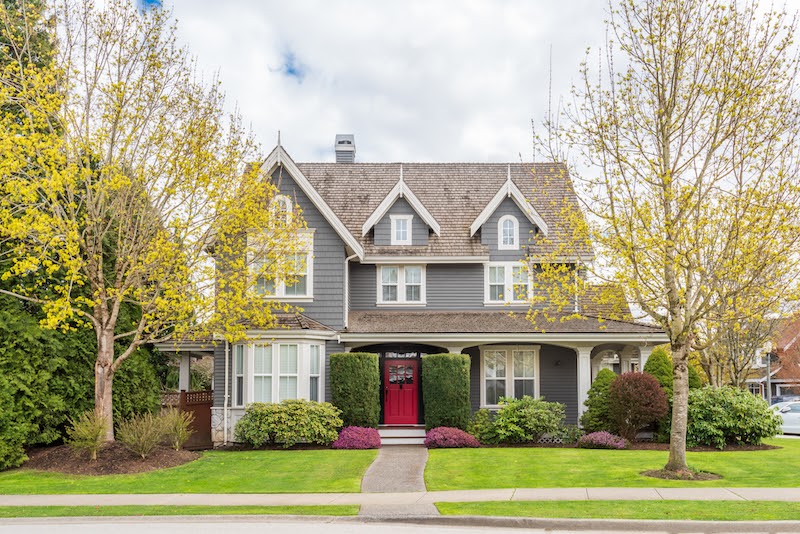Coronavirus has changed the way we do many things, mainly how we go about our daily lives. We’ve all taken comfort in our homes but after months of being cooped up inside, it’s clear that our homes are changing too. From a need for new spaces to the materials used to build our homes, here are six ways Coronavirus will change our homes.
1. Cleaner Homes
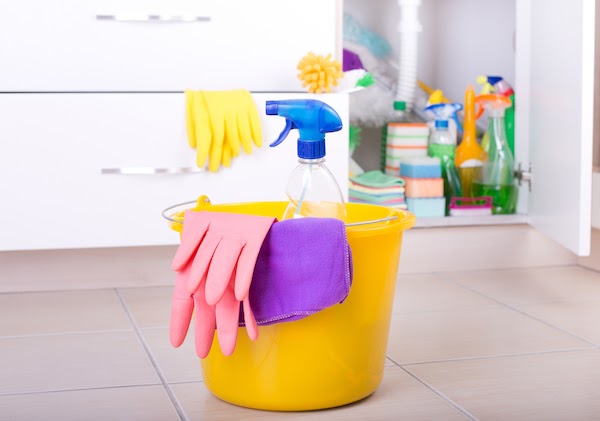
Coronavirus has made cleanliness the main focus at home. We are not only cleaning more frequently but also thinking about how we store and access our cleaning supplies. Perhaps you’ve been reorganizing your supplies or have been storing them elsewhere for easy access.
In addition to how we clean our homes, the materials used to build them may change too. A focus on antimicrobial materials will likely be seen in newly built homes. If you’re planning on renovating, consider adding materials such as cork or copper. While these materials won’t repel all germs, they do make cleaning easier.
2. Emphasis on Entryways
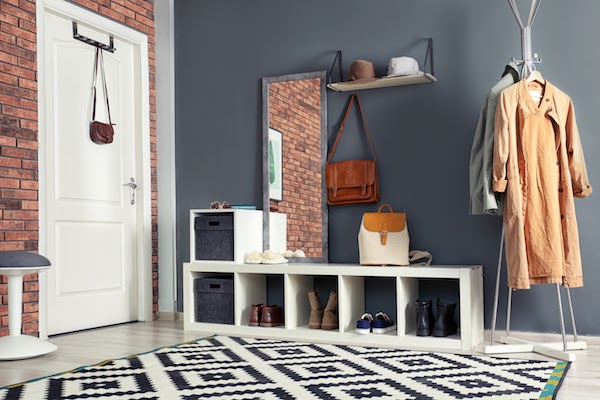
Coming and going is not as easy as it once was. No longer can we come home, simply kick off our shoes and go about our day. We now have to be extra cautious about what we could potentially be bringing into our homes from the outside world. This means that we now need designated zones to decontaminate ourselves before entering the safety of our homes.
Think about creating a drop zone at both your front and back doors. This can include a spot to put your shoes, hang your coat and bag, and place your face mask and gloves. You may even want to add hand sanitizer for a quick clean before properly washing your hands in the bathroom. While these changes may seem small, being aware of the new rituals we must perform will require a designated space to prepare.
3. Living, Working and Learning from Home

Our homes now must provide double duty as offices and schools. This means that any extra space within the home is being used for a new purpose. Maybe that means turning your guest room into an office space or converting your basement rec room into a classroom. Our homes need to be multipurpose for everyone in the house. While finding extra space can be a challenge, another issue is that we also need space to decompress after working at home. We’ll likely see a shift in homes to have more multipurpose rooms and designated spaces for these activities.
4. Less Open Concept
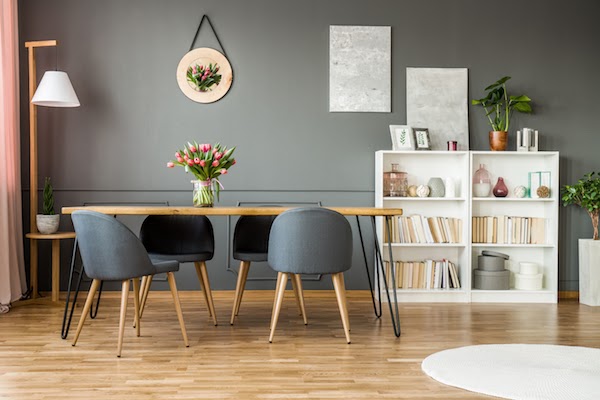
While it was once all the rage to knock down walls to create an open concept floor plan, this is likely going to change. As mentioned above, the need for separate spaces to work and relax in will be a priority in our homes going forward. It’s very difficult to go from working in your living room all day to then relaxing in it. Closed off spaces to work, such as the kitchen or dining room, will now be sought after. If you were planning on knocking down walls, you may want to reconsider and keep your separate spaces for now.
5. Outdoor Living
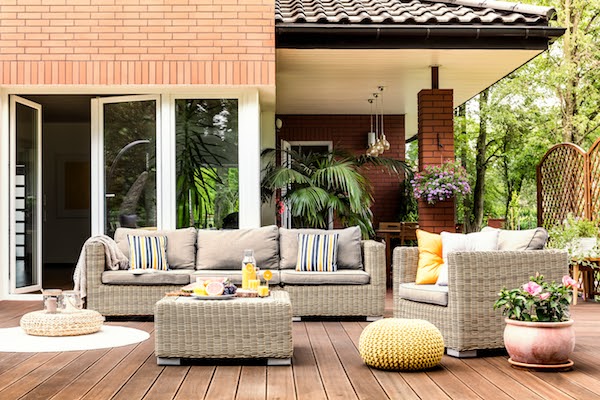
As the summer months approach, we Canadians love nothing more than spending time outdoors. Going to parks and beaches isn’t an easy option like it used to be. Instead, homeowners will now focus on making the most of their outdoor spaces. Whether you have a backyard or a balcony, it’s important to make every inch count. If you’re lucky enough to have a big space, you may consider adding a pool or hot tub. For smaller spaces, there’s still lots to do. Consider going vertical with your gardening or adding a bistro table to enjoy your morning coffee. Whatever amount of outdoor space you have, it’s now time to make the most of it.
6. Touchless Technology
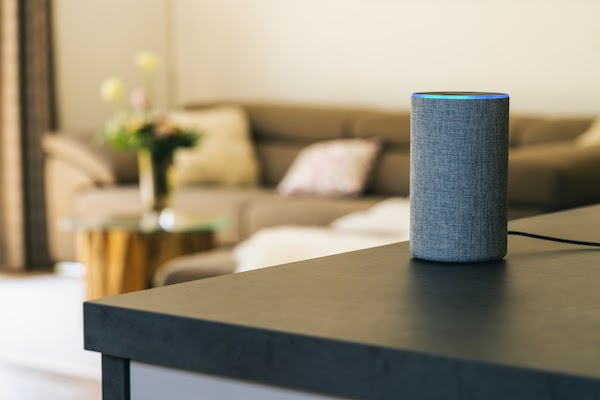
The thought of using your voice to activate your home may seem like a scene from the future. In 2020, the future is now and touchless technology will become more common in our homes. With a focus on cleanliness, eliminating the need for touching surfaces and spreading germs is necessary. Using smart home devices like Google Home to do tasks such as turning on our lights is a great alternative to using our hands. Almost everything you plug in can be used with a smart home device. This means that you can eliminate touching these items to turn them on. Think about how much easier it will be coming home and simply asking your home to turn on your lights or play your favourite song. The fewer items we touch, the less opportunity for spreading germs.
It’s clear to see that how we use our homes and what we use them for is changing. As we all spend more time at home, it’s important that we make the space work for us and our needs. Whatever changes you end up making, remember to make changes that work for you so you can stay safe and happy at home.
